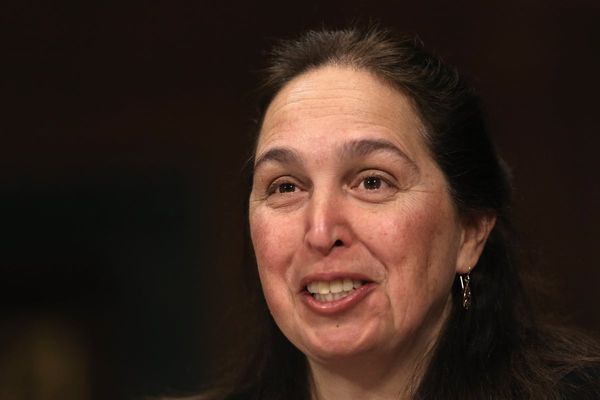
For those of you using multiple monitors within Windows 11, Microsoft is currently testing a new feature that enhances the operating system's refresh rate support. Late last week, Microsoft released Windows 11 Insider Preview Build 25915 to the Canary Channel with specific enhancements targeting refresh rates.
Windows 11 Build 25915 is more content aware, allowing your multi-monitor setup to run at independent refresh rates depending on the task at hand. "We have improved refresh rate logic to allow different refresh rates on different monitors, depending on the refresh rate for each monitor and content shown on the screen," Microsoft's Brandon LeBlanc and Amanda Langowski wrote in a blog post.
For example, let's say you have two 240Hz refresh rate gaming monitors side-by-side on your desk. If you're playing Far Cry 6 at 1440p on the first monitor while a document or YouTube video is played on the second, there's no need for both to run at 240Hz. Your secondary monitor could drop to 60Hz or lower to satiate those less-demanding tasks. Allowing refresh rates to better match the displayed content lessens the resource requirements for a system.
Microsoft also announced a slight tweak to dynamic refresh rates for laptops, adding, "While a Dynamic Refresh Rate (DRR) is selected and Battery saver is also enabled, Windows will remain at the lower refresh rate and not switch to the higher rate until after Battery saver is disabled." Microsoft's latest effort to extend laptops' battery life is to keep the refresh rates low for as long as possible (and, in effect, override the existing DRR setting).
Since these two changes are currently enabled in the latest Canary Channel build of Windows 11, general consumers can expect to see the functionality integrated into release builds later this year.







